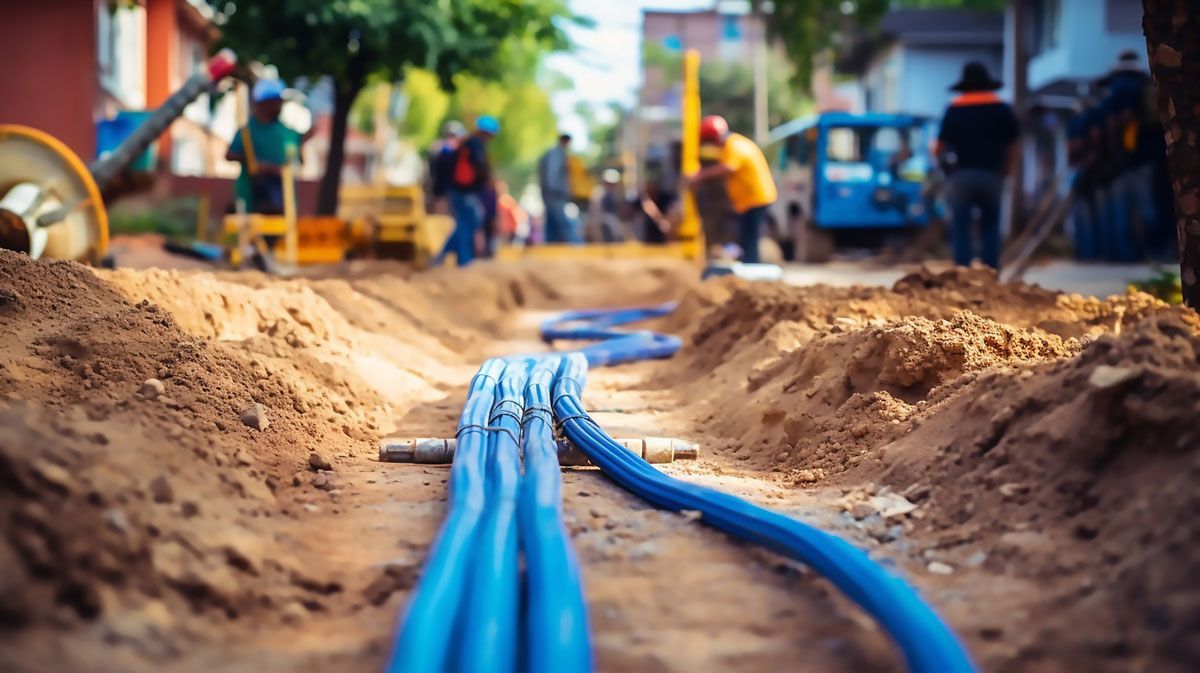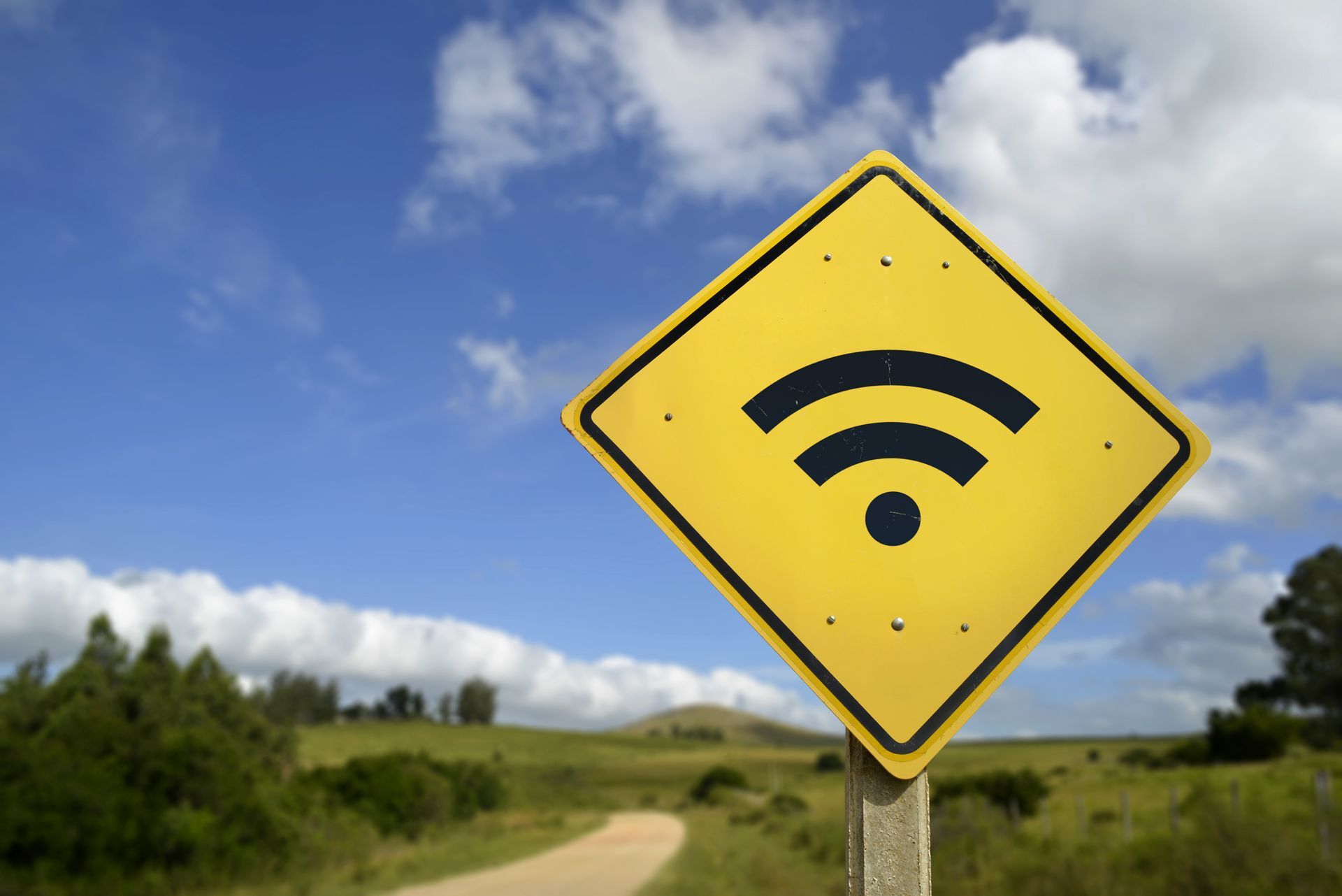What Is A Utility Easement? Cable Installation with Hunt Communications
At one time or another, many property owners find themselves wondering, can a utility company dig in my yard without permission? This is especially true when they come home to find someone unexpectedly digging near their home! The answer to this question usually comes down to utility easements.
Many people don't think twice about how utilities reach their homes, but utility easements are integral to these critical processes. A utility easement, usually referred to as just an 'easement,' gives a person other than the property owner the right to access the land legally. The easement provides a legal framework that allows utility and cable operators to use designated spaces in each property for cable infrastructure, ensuring coverage and service delivery.
With utility easements, Hunt Communications can access private property to maintain utility lines and construct cable networks. Hunt Communications and other water, electricity, and internet providers will use this access to keep essential utility services running smoothly. While most properties already have utility easements in place, state and local governments are the ones responsible for allowing access to easements.
These easements are crucial for essential utilities to reach homes and businesses efficiently, especially if they need to cross several properties. Keep reading to learn more about utility easements and why they are important for cable services and installation!
Utility Easements and Cable Network Construction
To better understand the importance of utility easements, you need to understand how cable network construction works. With cable and other standard utilities, the service begins at the source and makes its way to the output, which would be a television.
This is a complex infrastructure system that works in pipes below the ground and on utility poles above ground. In densely populated cities, these utility poles are home to several wires belonging to many different households, constantly delivering information.
In these densely populated cities or neighborhoods, the lack of space to set up
fiber optic hubs is a problem. During the journey from point A to point B in this delivery system, the wire must cross a vast network of different households.
This means that for
efficient cable service in dense neighborhoods, the cable service company needs access to these wires and pipes running through every single property. Utility easements offer a practical solution, allowing operators to access the network at any point needed, even if it's on private property.
However, cable companies need permission from state or local governments to construct their networks. So, how does Hunt Communications (or other utility companies) get permission for utility easements?
First, a franchise is granted to a cable company by the local governmental authority, which includes rights relating to the system's construction. Essentially, a franchise is a contract between a city or county and a utility provider that needs public rights-of-way (ROWs) or easements to deliver its services.
Therefore, the franchise will consist of the local authority's authorization, allowing public ROWs and easements while defining the areas that need service.
If you're a property owner, a transferable easement is usually listed on your property deed and would be disclosed when you bought the property. This can be granted by the owner and recorded at a county clerk's office. When registered and recorded, it becomes an encumbrance on the land's title.
For cable companies, most of their work takes place on easements, but there are a few circumstances where they may need the rights to construct on private property. Some examples where this is necessary include working in multi-family apartment buildings, across a private road, or in gated communities.
Encouraging Access to Easements for Construction and Installation
It may seem inconvenient to allow Hunt Communications or other utility companies to access your property, but allowing our cable team to work on your land will only create more convenience in the long run. Without access to your property, our team will not be able to update, install, or build your cable networks, leaving you without our services.
You may be concerned about the potential of something getting damaged on your property while we work on it, but don't worry! In the rare event that something is damaged, like your water line or landscaping, we will repair it ourselves or hire a professional to fix it.
Many homeowners are also concerned about our team leaving a mess, but we strive to leave your land precisely how we found it. This means we will rebury utility lines, repair any ground cover, and remove our equipment as quickly as possible.
Your Rights as a Property Owner Regarding Easements
As a property owner, you may have easements attached to your property that grant certain rights to utilities, including cable companies, for installation and maintenance. The legal situation around easements can be quite nuanced and may vary depending on the state laws. However, there are a few general rights that most property owners share when it comes to utility easements:
- Disclosed in Sale: Legally, sellers must disclose utility easements on their property during the sale. This way, you would know if an easement exists by the time you have a purchase agreement.
- Non-Interference: As a property owner, you probably won't be able to remove an easement if it already exists on your property. For example, let's say you live on the beach, and there is an easement stating that neighbors can access the public beach with the path in your yard. You are legally obligated to let your neighbors use the pathway because they have the right to go to the public beach. Likewise, if a utility company has an easement to access plumbing under your yard, there's not much you can do to change that.
- Legal Compensation: If your property is taken by the government or authorized entity because of the easement, then you are due just compensation.
- Easement Abuse Remedies: If someone with an easement to use your property is using it in a way that's not what was originally agreed upon, you can check if it's possible to stop the excessive use while allowing the proper or intended use to continue.
- Cable Companies & Authorized Entities: Under certain laws, franchised cable operators are allowed to use existing electric utility easements without obtaining a separate easement from the owner of the underlying land.
If you have any other questions about easements and your rights as a property owner, contact the local city administrators in your area.
On this page, you can find the contact information for resources in your local government.
Conclusion – Can a Utility Company Dig in My Yard Without Permission?
In simple terms, a utility company can dig in your yard, but they usually already have permission from the existing easement on your property. However, the importance of easements for utility companies cannot be overstated. Without them, companies cannot install, update, or maintain their services for paying customers.
If you're a property owner, allowing Hunt Communications to access the easement adjacent to your property for the entire project duration is essential to keeping things running smoothly and efficiently. Feel free to reach out to local city administrators or
contact us today if you have any other
questions or concerns about utility easements and cable installation!
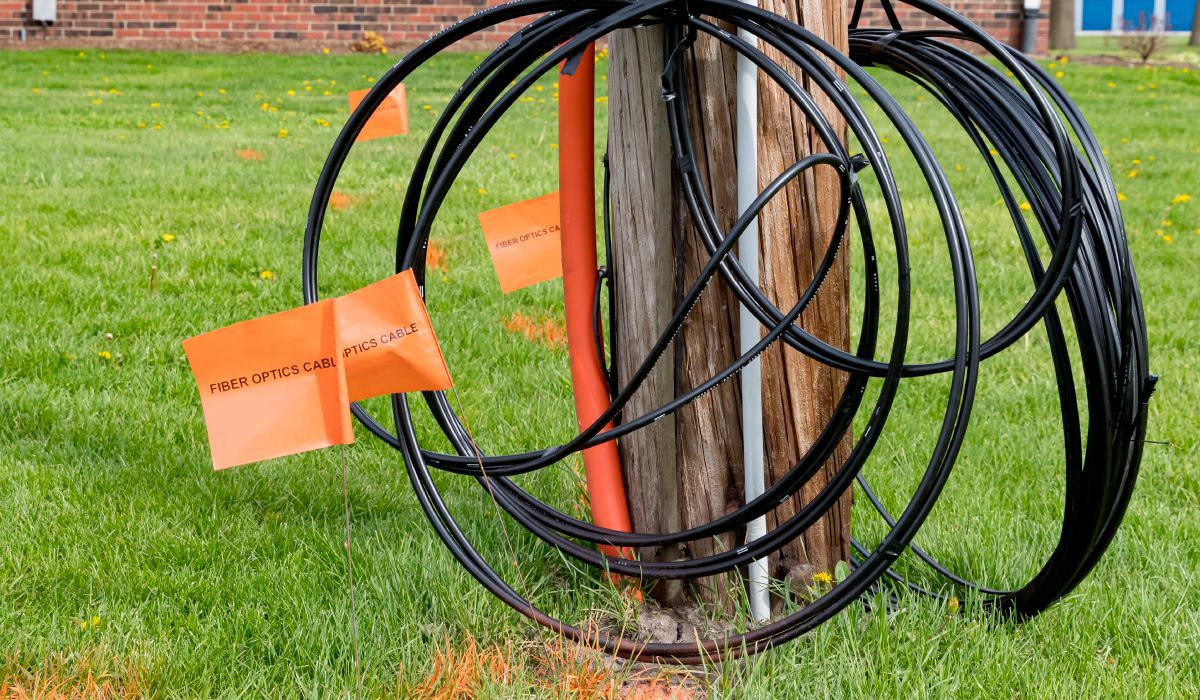

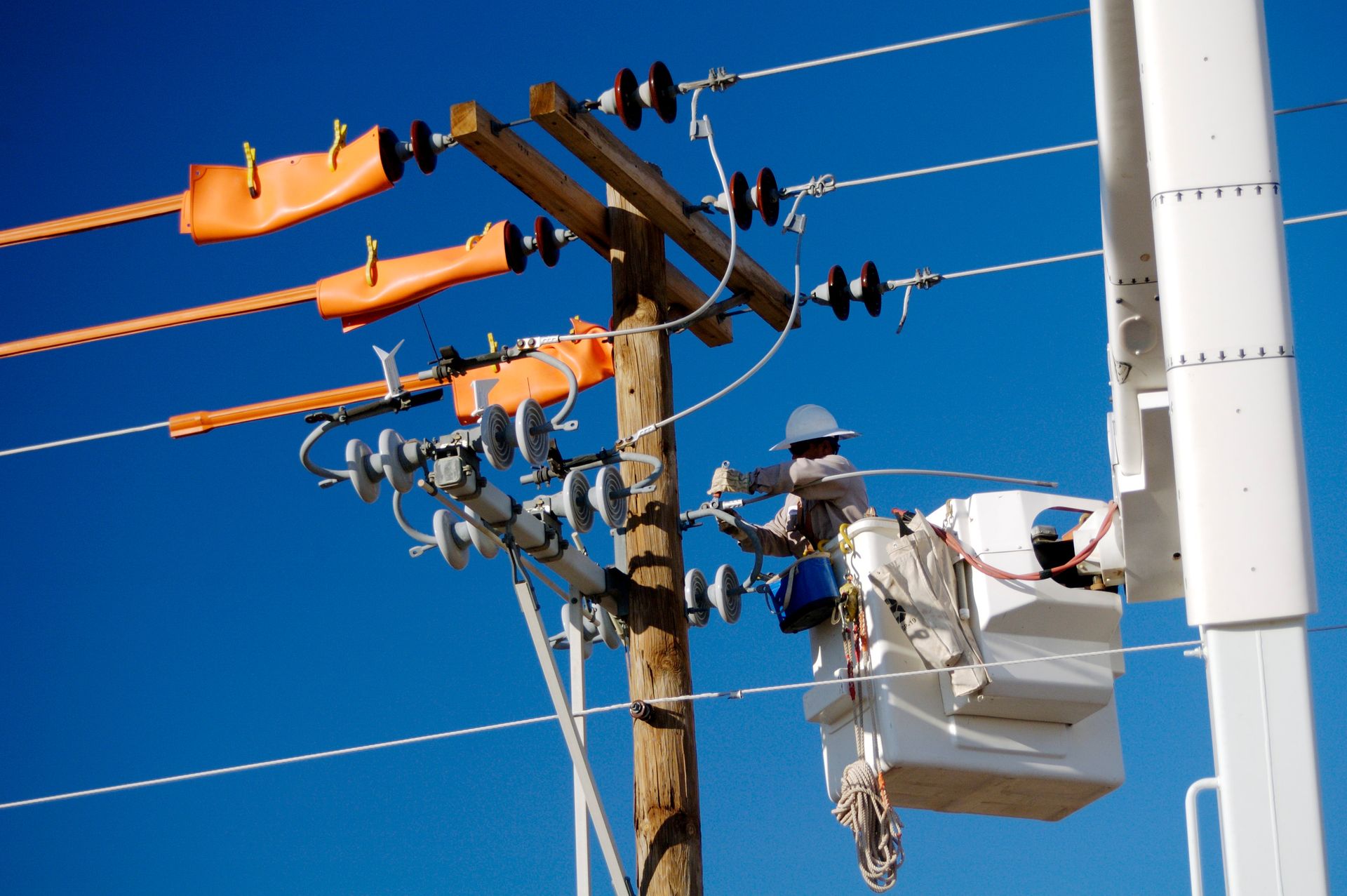
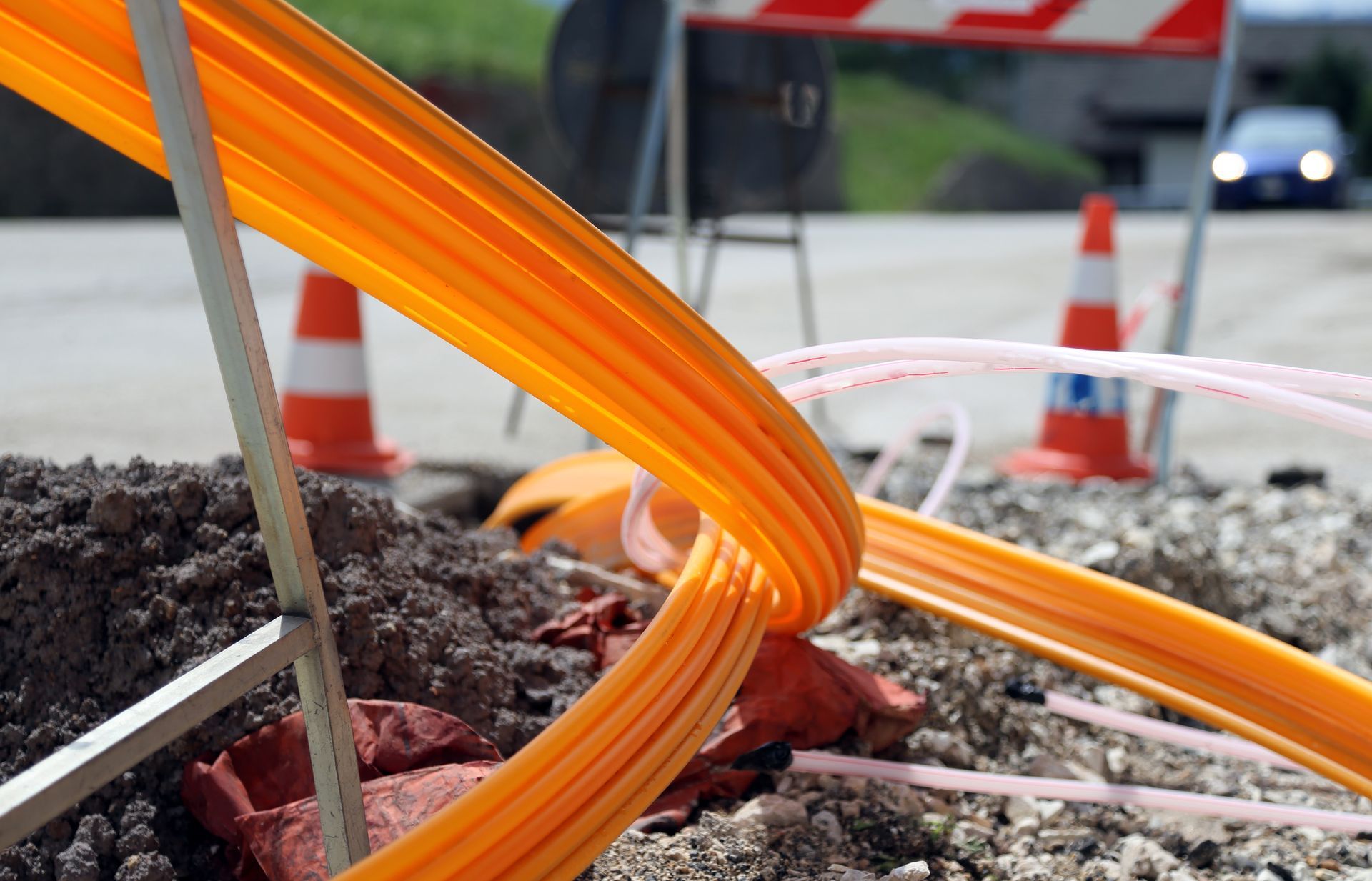

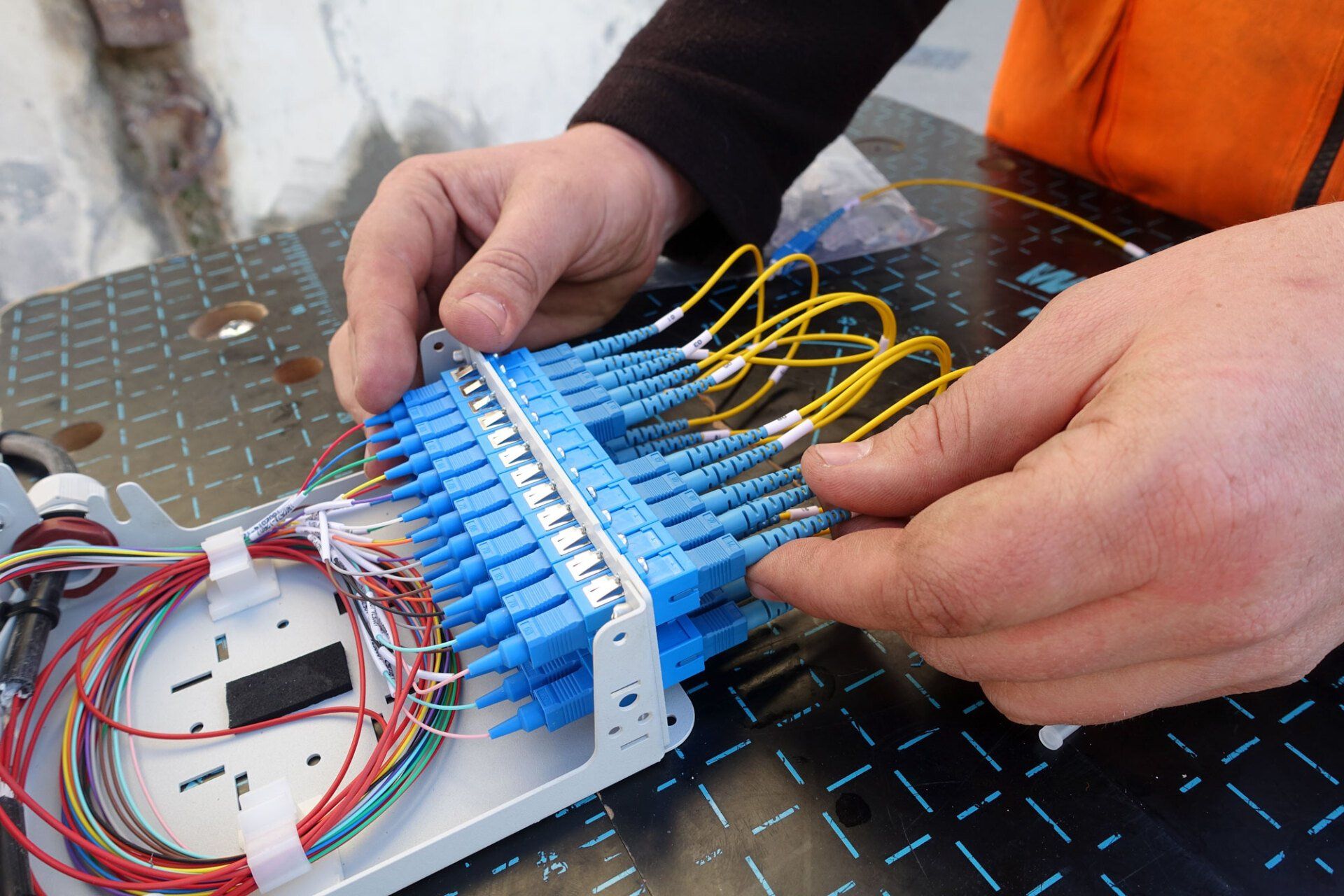
All Rights Reserved | Hunt Communications

